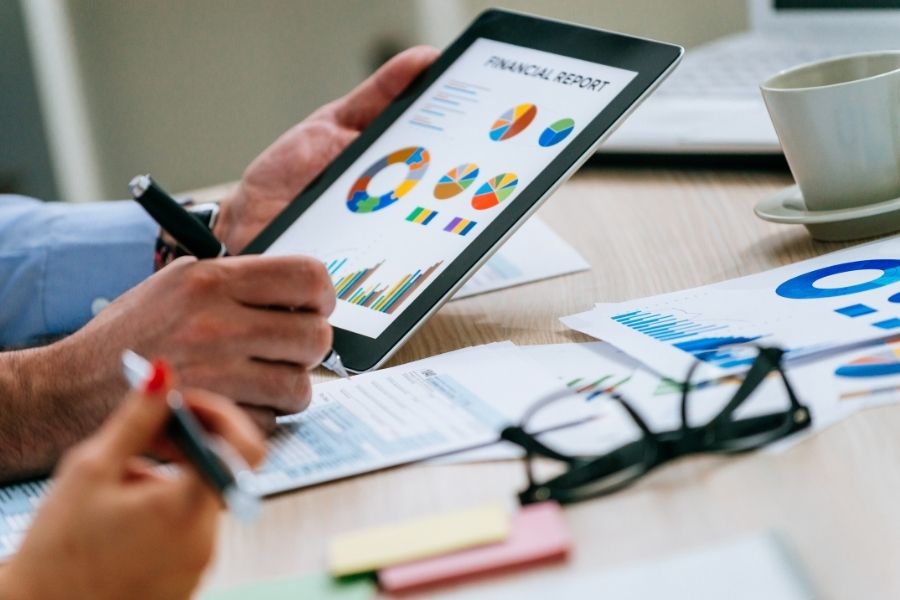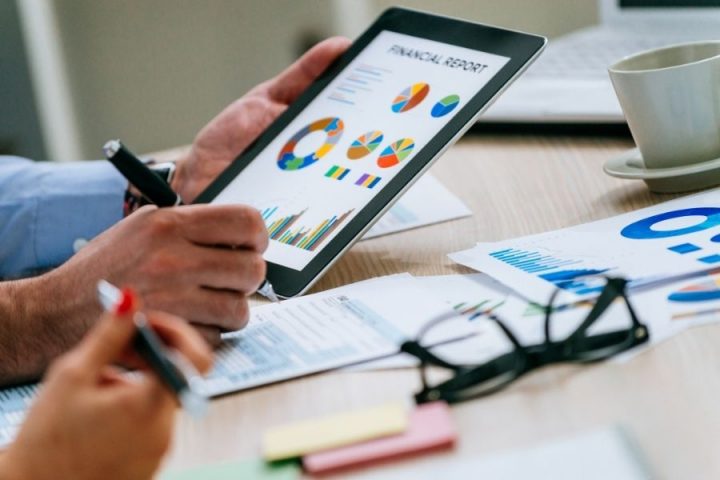In this article, you will learn about the basic components of financial markets and trading procedures and instruments. This will avail you with an overview of the Cash, Derivative, Equity, and Commodity markets and the role of financial intermediaries in the functioning of the financial system. You will also learn how to control transaction costs and achieve trading objectives. You will even get an understanding of how the markets function and how you can benefit from them.
Money market
The money market is a multifaceted market that is composed primarily of bank drafts, bills of exchange, and commercial paper. Federal agencies issue the largest volumes of these instruments. Commercial banks also issue a large volume of negotiable time certificates of deposit or CDs. These CDs can be sold anytime in the secondary market conducted by government securities dealers. Money market instruments are used in business and trade to provide fast access to cash for business owners and managers.
A money market is an organized exchange that enables individuals and companies to lend and borrow money. These securities are generally short-term and are of high quality. These securities can range from Treasury bills to certificates of deposit. Depending on their maturity, money market transactions are carried out in various ways. Many participants in the money market lend and borrow money, and many companies use this market to raise capital or park surplus funds. And as the money market functions in an intriguing manner, many investors aren’t aware of the intricacies of this marketplace.
A money market can help commercial banks to become self-sufficient in funds. Commercial banks that need short-term loans can recall old short-term loans in the money market. A well-developed money market also facilitates central bank policy-making by smoothing the working of the financial system. But, if the money market is not well developed, it can still affect the banking system. The money market can smooth the functions of the central bank and increase its efficiency.
Equity market

The equity market is a system in which investors bid for or sell stock at a specified price. Many traders compete for a share of a stock, and the first to place a bid on a particular stock wins it. This process is known as an open outcry, and it works by traders shouting their prices out in front of others. Electronic trading methods are also used for trading stocks on the equity market.
The value of a share of a company is based on a number of factors, including the economy, company performance, and market sentiment. During good economic conditions, demand for equities may be higher, but during bad economic conditions, investor demand may fall. To measure the general performance of equities, stock market indices are used. There are different indices for stocks in different countries, regions, and industries.
The equity market involves many complex structures, which include institutions and economics. These structures help to define price discovery and determine the stability and orderliness of the marketplace. Sometimes, these arrangements can become unsteady or dysfunctional. There are two main types of financial markets: exchanges and over-the-counter (OTC). Electronic facilities have blurred the distinction between the two. However, understanding the fundamentals of financial markets is critical to the success of any trader.
Derivative market
Derivatives are not new financial instruments. The first contracts on futures date back to the second millennium BC in Mesopotamia, but the derivative market did not become widely used until the 1970s. The rise of new valuation techniques sparked this rapid growth. Derivatives involve obligations to buy or sell a specific asset at a pre-determined future price. Futures and forwards are two types of derivatives.
Most derivatives have no intrinsic value but rather derive their value from the underlying asset. They are thus susceptible to market risk and sentiment. In addition to this, derivatives are usually leveraged instruments. This means that their rate of return is greatly influenced by the leverage. This means that even a small amount of capital can have a large interest in a particular underlying asset. In addition, derivatives are used to mitigate the volatility of the financial market.
Financial derivatives allow parties to hedge, speculate, and leverage their position. The total value of derivatives is estimated at $600 trillion. Common derivatives include credit default swaps, futures contracts, options, and options. They can be traded over-the-counter, and many are infinitely customizable. Traders use derivatives in their daily activities for hedging and speculation. In addition to risk management and leveraging positions, these instruments offer several advantages over their traditional counterparts.
Commodity market

Historically, the commodities market was not facilitated by a liquid price system. Instead, it relied on direct negotiations between producers and consumers, as well as public sales at a fixed location. In the latter case, the price is determined by a physical auction, where a human auctioneer invites prospective buyers to bid on the commodity. Today, there are various instruments and procedures that facilitate the process.
There are two types of commodities: spot markets and derivatives. In spot markets, buyers exchange cash for immediate delivery of a physical product, whereas in derivative markets, buyers and sellers exchange cash for the right to receive a future delivery. Many derivatives holders close their positions before delivery. Forwards trade over-the-counter, while futures and options are listed on exchanges. Commodities can be anything from coffee to orange juice.
The futures market is an important source of information about the price of commodities. Although futures markets are a good source of information, it is important to note that prices can change because of the level of the underlying commodity, not the terms of the contracts. For example, if a sugarcane farmer uses futures contracts to buy and sell sugar, the price may increase as the contract term changes.
Foreign exchange (Forex) market
The FX market is comprised of different levels of access, each characterized by the size of a “line.” The top tier of the market, the interbank market, accounts for around 51% of all transactions. Next are smaller banks, large multinational companies, hedge funds, as well as some retail market makers.
In the foreign exchange market, currencies are bought and sold by individuals who take positions in certain currencies. Instead of physically exchanging money, these investors place orders on specific currencies in the hope that the value of the currency will rise or fall. Since there is no central supervisory body, individuals can trade currencies in the forex market with the click of a mouse. Foreign exchange trading is easy to do, however. The process is facilitated by the existence of investment firms, which offer online accounts to individual traders.
The foreign exchange market is a highly competitive industry. The largest commercial banks have worldwide operations, and they compete to keep their share of the global corporate business. The foreign exchange market is often covered in Euromoney magazine, which publishes surveys from multinational firms. By incorporating these surveys into the book, foreign exchange traders can gain insights into the currency market and how they operate. They also attain the advantage of making the market easier for retail traders.
Commodity futures market
The origins of the commodity futures market can be traced back to the Sumer civilization, which flourished on the sands of Iraq. This civilization was a great leap from primitive man, who essentially lived off subsistence farming and herding. However, with the development of agriculture, a complex system of governance and currency emerged. The futures market is the opposite of the cash market, which is the market where the farmer sells the surplus crop at a later date.
The price of commodities is closely linked to their supply, demand, and geopolitics. It is the price of raw materials, such as oil, that determines the price of commodities in the future. Commodity traders study all available information, including geopolitical developments, and use these to predict the prices. Because oil is the primary ingredient of gasoline, its price affects every good we use in the U.S. Quite literally, a rising price of oil will raise the price of gasoline at the pump.
The commodity futures market involves high levels of leverage. As a result, investors don’t necessarily have to deposit the full amount of a commodity contract to enter a position. They can only deposit a fraction of the total trade amount. It is possible to trade two-thirds or more of a contract – the risk is only limited by your skill level. A high degree of leverage, however, can increase the size of a loss and result in a margin call.
